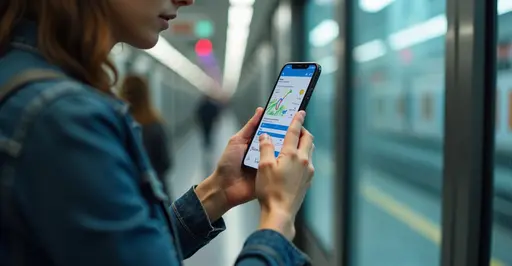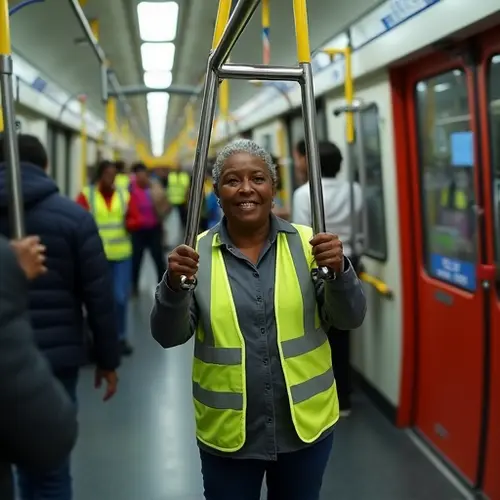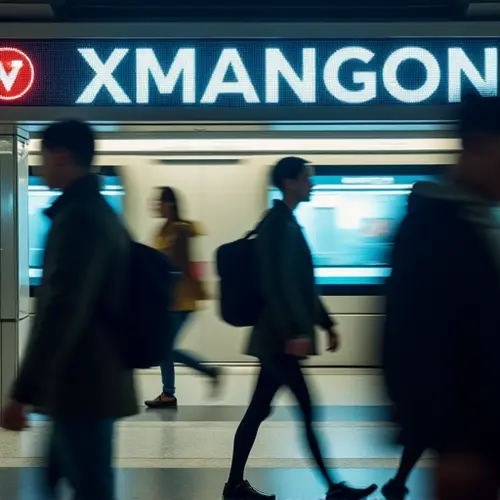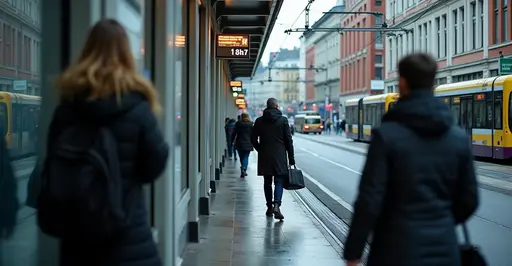Public transit apps now integrate real-time air quality data to help commuters avoid pollution hotspots. Features include clean air routing, health alerts, and personalized recommendations based on AQI levels across global cities.

Public Transit Integrates Air Quality Tracking
Public transportation apps worldwide have begun integrating real-time air quality data in 2025, transforming how commuters navigate urban environments. Major platforms like Citymapper, Google Maps, and Moovit now display live Air Quality Index (AQI) readings alongside route options, allowing passengers to avoid pollution hotspots during their journeys.
How the Technology Works
The systems pull data from government environmental sensors, satellite monitoring networks, and localized IoT devices. When users plan routes, the apps now display color-coded AQI indicators showing pollution levels along each segment of the journey. High-risk areas appear in red, with alternative cleaner routes suggested. Some apps like Breezometer even provide pollution forecasts up to 24 hours in advance.
Health Protection Features
New "clean air routing" options prioritize paths with lower particulate matter (PM2.5) and ozone levels. "This is revolutionary for asthma sufferers and parents with young children," says Dr. Elena Rodriguez, pulmonary specialist at Johns Hopkins. The apps also send push notifications when AQI exceeds dangerous thresholds (above 150), recommending N95 masks or rescheduling non-essential travel.
Global Implementation
Delhi's transit app became the first to implement this during its 2024 smog crisis, reducing pollutant exposure by 37% for regular users. European cities like Paris and Amsterdam have since integrated EU Air Quality Index standards. In the U.S., Los Angeles and Chicago transit authorities have partnered with the EPA to develop real-time pollution mapping specifically for public transport corridors.
Future Developments
By late 2025, expect personalization features where users input health conditions to receive customized route guidance. Transport for London is piloting AI that combines air quality with passenger density data to optimize both health and comfort. Singapore's Land Transport Authority will soon deploy mobile sensors on buses and trains for hyperlocal readings.
This innovation represents a major shift toward health-conscious urban mobility, with studies showing commuters using these features reduce pollution exposure by up to 52% during peak travel times.

 Nederlands
Nederlands English
English Français
Français Deutsch
Deutsch Español
Español Português
Português






